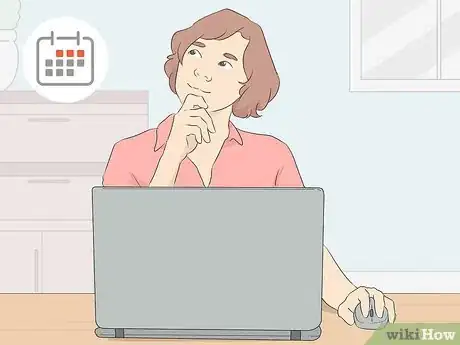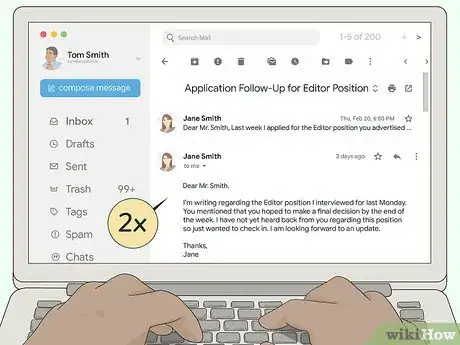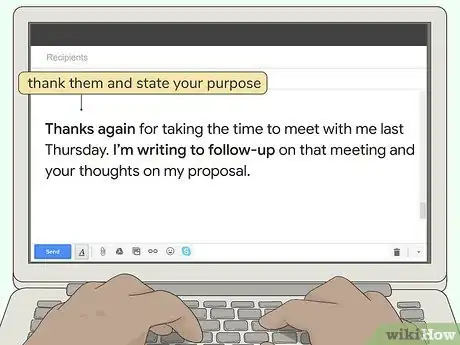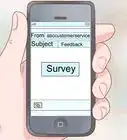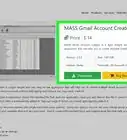This article was co-authored by Amber Rosenberg, PCC and by wikiHow staff writer, Christopher M. Osborne, PhD. Amber Rosenberg is a Professional Life Coach, Career Coach, and Executive Coach based in the San Francisco Bay Area. As the owner of Pacific Life Coach, she has 20+ years of coaching experience and a background in corporations, tech companies, and nonprofits. Amber trained with the Coaches Training Institute and is a member of the International Coaching Federation (ICF).
This article has been viewed 22,493 times.
It’s always frustrating when you have to wait around for a response, whether it’s for a job interview, a business proposal, or just making plans with a friend. There's no need to worry, though. We’re here to walk you through the best ways to write, format, and send your email in a productive way. Here are 12 tips to help you get started.
Steps
Wait at least 3 business days to send a follow-up.
-
Three days is a good rule of thumb, unless you hear otherwise from the recipient. In that case, wait at least 1 business day after that date.[1] X Research source
- For example, if the person said they’d respond before or on Tuesday the 19th, wait until at least Wednesday the 20th to reply.
- For job interview follow-ups, it’s usually better to wait at least 5 business days.
- It’s not necessary to count only business days (that is, skipping weekends and holidays) when following up in a personal capacity.
- Don’t assume the worst—like that you didn’t get the job or that they aren’t interested in your business proposal—just because you didn’t get a quick response. Your contact person may just be really busy!
Address the email directly to your contact person.
-
You don’t need to direct your follow-up email to anyone else. This is always the case for personal emails, of course, and usually the best strategy for business follow-ups. If the person gave you their contact info or invited you to follow-up with them, always send the message directly to them (and only them).[2] X Research source
- If the person didn’t give you their contact info or invite you to follow-up with them, send your email to your directed contact person (such as an administrative assistant or recruiting coordinator). Request in the subject line that the message be directed to the person you dealt with previously.
- If you’ve had prior contact with the person by email, use the same “to” and “from” email addresses as before.
Send no more than 2 follow-up emails in total.
-
Wait at least 1-2 business days to send the second follow-up. If this second message goes unanswered, either stop following up or contact someone else within the business.[3] X Research source
- While you can create a new follow-up message if you wish, it’s also okay to send the same message as your original follow-up, but add a note at the top like the following: “(Tom: I sent this follow-up on Tuesday and I’m eager to hear back from you regarding the business opportunity we discussed last Thursday. Thanks, Jan)”
- As a general rule of thumb, don't worry at all (about not getting the job, etc.) if you have to send 1 follow-up. Worry only a little if you have to send 2 follow-ups. Start worrying a bit more if you don't hear back after the second follow-up!
Pre-empt the need for a follow-up with a thank you email.
-
It’s always polite to send a thank-you email the day after any professional contact. If you fold a follow-up mention into this thank you, you may be able to encourage a response without having to send a separate follow-up a few days later.[4] X Research source
- The thank-you email can use nearly the same format and content as a follow-up email, just with a bit more space dedicated to thanking the person and a little less spent requesting a response.
- This doesn’t count as an “official” follow-up, though, so you can still send up to 2 “real” follow-ups if necessary!
Refer directly to your prior contact in the subject line.
-
If your subject line is vague or irrelevant, your follow-up may end up unread or deleted. Choose your words carefully so that the subject line immediately and explicitly connects to your interaction with the recipient.[5] X Research source
- One strategy is to add “RE:” to a description of your prior interaction so it reads like a continuation of that event: “RE: Interview Friday 9/23 at 11 am.”
- Another option is to include your name, a brief and direct descriptor, and the reason for your email: “Terry Regula 9/23 Interview Follow-Up.”
- Never assume the person will recognize your email address and open the message. Use the subject line to your advantage.
Name and thank the recipient.
-
Always name the recipient in your greeting and thank them in your closing. While you can be appropriately informal for a personal follow-up email, a business follow-up should balance respectful formality and the familiarity produced by your prior interaction. In most cases, for example, you can greet the person by their first name—so long as they introduced themselves as “Joe Selmon” or said “call me Barb.”[6] X Research source
- Your greeting can typically look like this: “Dear Joe,” or “Dear Barb,” unless you feel more formality is appropriate: “Dear Mr. Selmon,” or “Dear Dr. Bennet.”
- For the closing, thank them one last time and use your first and last name: “Thank You, Steve Caraway.”
Use no more than 3-4 paragraphs.
-
Try to keep each paragraph 2-3 sentences long. When it comes to writing follow-ups, get to the point and get there fast! This doesn’t mean writing just a single sentence, but it does mean creating a streamlined email without any superfluous content. Create lean, clean paragraphs along the following lines (or similar):[7] X Research source
- Greeting
- Paragraph 1: a thank you and a clear statement that you’re following up.
- Paragraph 2: a quick recap of the details of your contact.
- Paragraph 3: a fast reaffirmation of your interest or eagerness.
- Paragraph 4: a statement that you’re “looking forward” to an update or that it “would be appreciated.”
- Closing
Provide all the relevant info the recipient needs.
-
This way, the other person doesn’t have to do much to give you a follow-up. The only reason they haven't gotten back to you yet is probably because they've been busy. So, if they have to look back through their notes or files to get info on your previous interaction, they’re more likely to decide it isn’t worth their time to get back to you now, either.[8] X Research source
- If you had an interview, mention the specific date and time, the name of the position, and either a very quick recap of the interview or a selected anecdote or episode from it. For example: “I’m writing to follow-up on our interview last Monday the 23rd at noon. You probably remember that I was so eager to talk about the sales manager position that I nearly spilled my coffee on your desk!”
- Make sure to provide clear info for every form of contact you want them to have the option to use: email, phone/text, mail, etc.
Thank the recipient and state that you’re following up right at the start.
-
Don’t bury the fact that you’re writing a follow-up in the middle of the email. Instead, let the person know right away why you’re reaching out to them—and show them some appreciation while you’re at it![9] X Research source
- Try something like this: “Thanks again for taking the time to meet with me last Thursday. I’m writing to follow-up on that meeting and your thoughts on my proposal.”
Re-cap your interaction and reaffirm your interest quickly.
-
This helps give the person a refresher on your prior contact. This is especially helpful in a business scenario when you know the other person has been handling many interviews, meetings, and so on. Make sure they immediately remember who you are and what you discussed.[10] X Research source
- For example: “It was a pleasure to present my plan for streamlining your billing operations, and I’m hopeful that you share my enthusiasm for working together to implement it.”
Be direct and polite.
-
Try not to be pushy, apologetic, or passive-aggressive. Don’t be ashamed to follow up! It’s a good thing to confirm your interest and your desire to know where you stand, so long as you do so politely and respectfully. Remember that you’re not owed a response on your terms, however—make a request, not a demand.[11] X Research source
- Use a tone like this: “I’m looking forward to hearing where I stand in regards to the community outreach position.”
- Don’t be pushy: “You promised a response by yesterday, and I need to hear back from you as soon as possible.”
- Don’t be passive-aggressive, either: “I guess I didn’t get the job since you never got back to me, but I’d like confirmation of that.”
Show and tell the recipient that you value their time.
-
Using a clear subject line and streamlined email shows respect for the other person’s time. It’s also a good idea to specifically state once or twice in the message that you appreciate the time they’re dedicating to you. Over-doing it with flattery isn’t necessary or even helpful, but showing some respect always improves your chances of a quick response.[12] X Research source
- For instance: “I know you’re really busy this time of year and I appreciate the time you’ve spent interacting with me.”
- Or: “Thanks again for taking the time to answer my questions last Thursday. I have just one more quick request.”
- If the person has been too busy to get back to you, showing and telling them how much you value their time is a great way to coax them to respond!
You Might Also Like
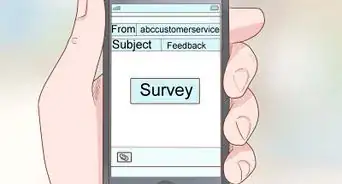
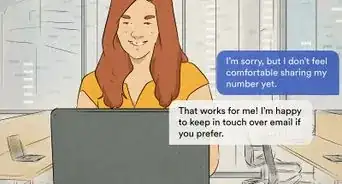
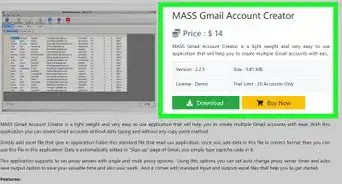
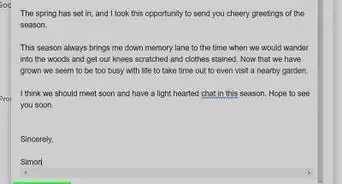
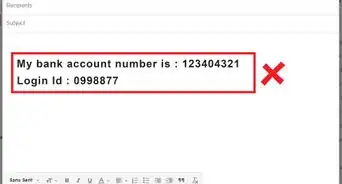
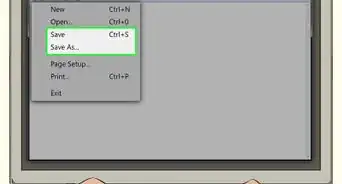
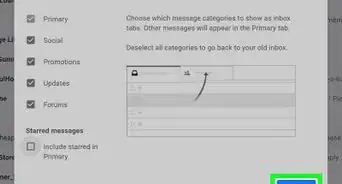
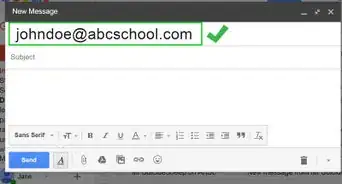
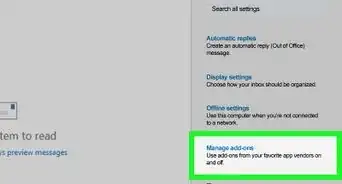 How to Access Military Email from Anywhere: Easy Outlook Setup
How to Access Military Email from Anywhere: Easy Outlook Setup
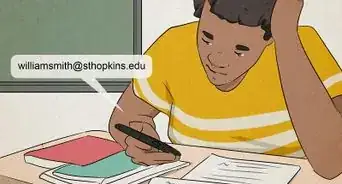 10 Simple Ways to Make a Free Email Address
10 Simple Ways to Make a Free Email Address
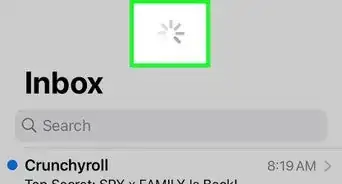 3 Ways to Access Email
3 Ways to Access Email
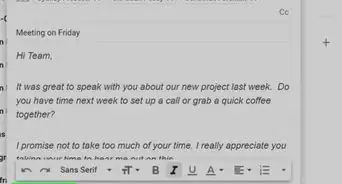
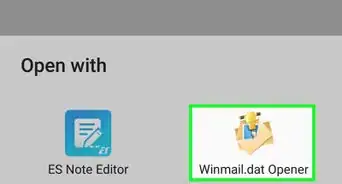
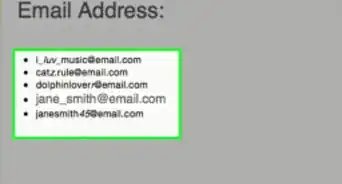
References
- ↑ https://careersidekick.com/follow-up-after-interview-no-response/
- ↑ https://globalcleveland.org/no-response-interview-heres-send-follow-email/
- ↑ https://careersidekick.com/follow-up-after-interview-no-response/
- ↑ https://www.indeed.com/career-advice/interviewing/follow-up-email-examples-after-interview
- ↑ https://www.fastcompany.com/40437743/this-is-how-to-write-a-follow-up-email-thats-not-annoying
- ↑ https://globalcleveland.org/no-response-interview-heres-send-follow-email/
- ↑ https://careersidekick.com/follow-up-after-interview-no-response/
- ↑ https://www.fastcompany.com/40437743/this-is-how-to-write-a-follow-up-email-thats-not-annoying
- ↑ https://globalcleveland.org/no-response-interview-heres-send-follow-email/
About This Article

